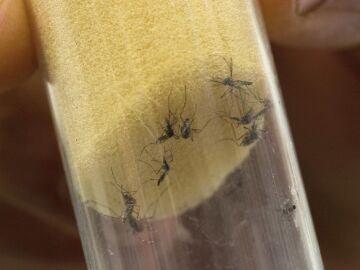
The World Health Organization (WHO) recommended that European countries prepare for possible dengue outbreaks once the episodes of heat waves that are being experienced in different parts of the continent have passed, since at that moment the ideal conditions may arise for the spread of the mosquito vector of this disease.
In general, the jump of dengue to areas where this disease was non-existent before is related to climate change and both rainy and dry episodes are favorable for its expansionsaid the head of the WHO Tropical Disease Control Program, Raman Velayudhan. The organization recommended to governments the importance of developing action plans for rapid detection and monitoring of symptoms among the population.
Although in a first infection up to 80% of cases may be asymptomaticIf the same person is bitten a second time by a mosquito that transmits another variant of the virus (there are four), they may present severe symptoms and require medical treatment. According to Velayudhan, the current risk of reproduction of the Aedes species mosquito is low in areas where it exceeds 40 degrees, since it is naturally active and bites during the day, but if it flies at such temperatures it dies.
Both droughts and intense rains are propitious situations for the mosquito. In the first case, families usually store water in tanks, drums or other containers to cover their needs, while in the second the water pools, being the stagnant waters the places where the mosquito reproduces. “Communities can help by exploring their houses and cleaning up standing water to make sure that mosquitoes are not breeding in and around their houses,” the expert said.
Source: Lasexta
Ricardo is a renowned author and journalist, known for his exceptional writing on top-news stories. He currently works as a writer at the 247 News Agency, where he is known for his ability to deliver breaking news and insightful analysis on the most pressing issues of the day.












